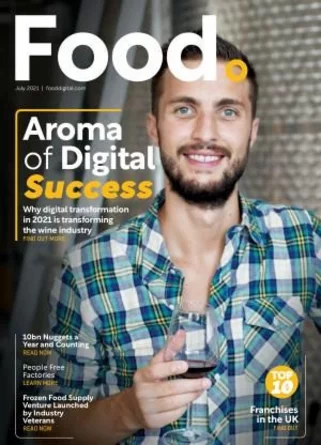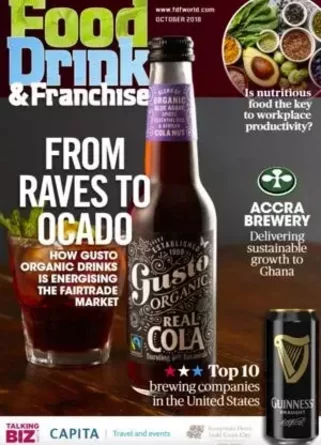Which Social Media Channels are Working for Food Retailers?
Everyone is hearing the same message these days: if you want to reach your consumers, you have to engage them through social media. But with so many social media channels available, how can you make sure you’re spending your time well and focusing on the ones that will get you the best return in terms of converting that online consumer interest into real life in-store purchases? It’s a tricky art to figure out, because every retail brand is different and unique – just like social media channels. What falls flat on one channel could end up working brilliantly on another. But as studies are starting to show, there are certain tactics that work best on some social media outlets rather than others.
1. Twitter
Tweets, by their very nature, are immediate and ephemeral – most of them don’t have a lot of sticking power on the web or in the average consumer’s memory. There is, however, a real sense of immediacy with tweets that can be harnessed. Many retailers find that Twitter is best used for announcements where time is of the essence, like one-day-only flash sales.
2. Facebook
Unlike Twitter, Facebook posts with lively conversation are more likely to pop up on a consumer’s timeline again and again. Facebook isn’t what it once was for brand promotion, with measures now in place that make it difficult to reach consumer without paying. But if you’re willing to shell out extra for sponsored posts on a semi-regular basis, you could have a powerful platform to prompt discussion and learn more about the habits and preferences of your consumer base.
3. Foursquare
Foursquare users like to be rewarded for being where they are at the moment – so give them what they’re looking for. Retailers can use Foursquare to offer special deals and discounts for patrons who check in at your locations. In addition to giving consumers a boost of confidence and brand loyalty, it also projects your name to everyone in the patron’s social circle and shows that you’re a brand worth publicly visiting.
4. Pinterest
Pinterest is a social medium that sees the most use from consumers with time to spend on special projects – recipes are among the most popular points of interest, turning Pinterest into a sort of virtual recipe box or patchwork cookbook for many users. Food retailers can use this to their advantage by posting recipes that feature products available at their locations. Timeliness is not quite as important on Pinterest, where most users return to their pinned projects weeks and even months after bookmarking them. Nevertheless, by posting recipes with products that are currently on sale or on special, you can still create a heightened sense of consumer interest surrounding the initial post.



